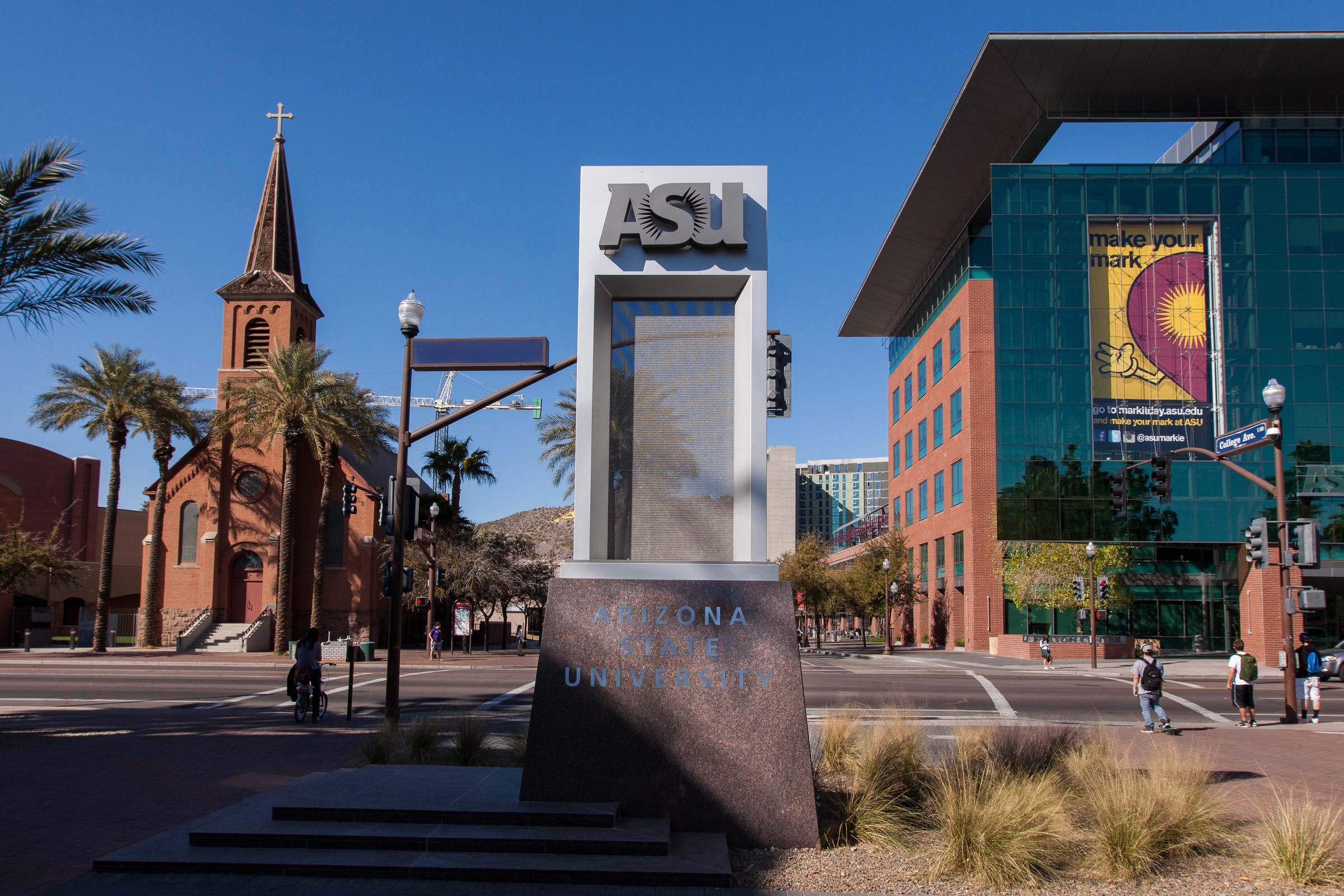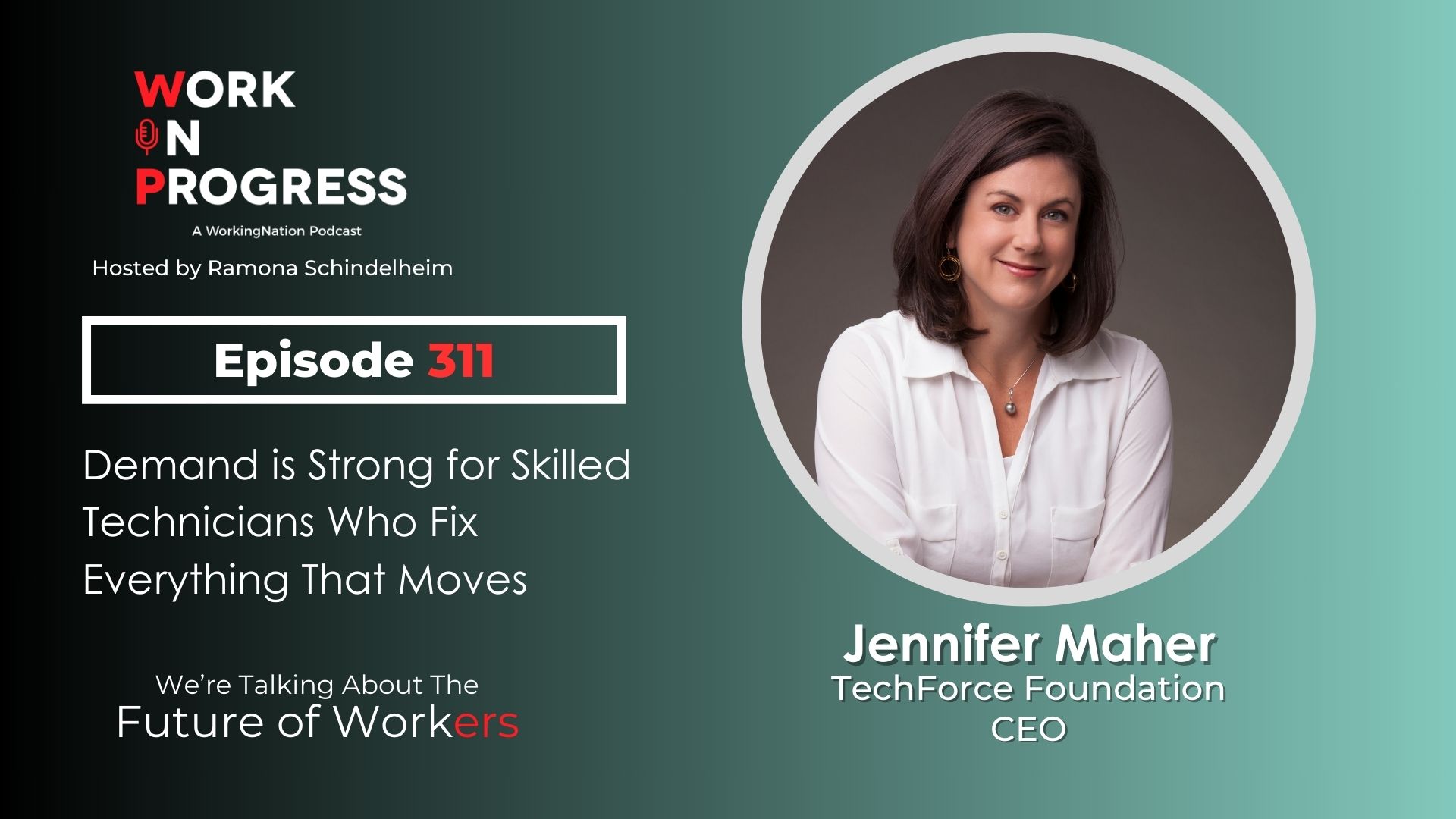Arizona State University is developing a workforce ecosystem to boost the talent pipelines in advanced manufacturing, information technology, cybersecurity, and data analytics.
Earlier this year, the university received an $8M grant from the Department of Labor to fund its Workforce Training Accelerator Partnership for Next Generation Jobs or, more simply, AZNext. Over the next four years, the program hopes to help 2,000 participants achieve industry-recognized credentials and find jobs.
Fixing the Talent Gap
Raghu Santanam, Ph.D., lead investigator of AZNext and chair of the Department of Information Systems in the W.P. Carey School of Business at ASU, says a talent gap in STEM-focused careers is not new. “There is huge growth in those areas. And when you have such growth and your educational pipeline is not reacting fast enough, doesn’t have the capacity to react fast enough, you do end up seeing those talent gaps,” says Santanam.

“The second way that these kinds of talent gaps emerge is that you have this incumbent workforce that’s been busy doing what needs to be done. Then it’s not suddenly prepared for something that drastically changes in the industry. So, both factors, in general, contribute to that kind of a talent shortage.”
Partnerships are Essential
Critical to AZNext’s development is the internal collaboration with other ASU programs and public-private partnerships.
“We collaborated with Arizona Technology Council, which is an organization with about 800 member companies that are all in the technology industry or are influenced by technology changes within their industries,” says Santanam.
“They are helping us put together these workforce advisory boards that help us engage with our employers very closely. Right now, in the first year, we’re meeting with them on a quarterly basis. These are working sessions where we are closely listening to what their demands are, what the needs are, and what are some specific programs they would need,” explains Santanam.
The input will help inform what learning will be available to participants. Santanam says, “We are in the process of building curriculum that is not currently available, but that we predict will be really important for the employers.”
He adds, “We are also in the process within the university community, making sure we have the communications in place in terms of recruiting students or participants into the program.”

Student Populations
The program will be open to anyone who is 17 years or older, a high school graduate, and a U.S. citizen or permanent resident. Training goals include new talent development, upskilling, and reskilling, according to Santanam. “I think your participant groups that you want to target expands to address each of those goals.”
“The unemployed and underemployed, of course, that’s the societal imperative. They could be in that upskilling and reskilling bracket.”
“Some of them may also be ready to come back to university and completely train in a new area and we should keep that option open for them. So that’s where they would still benefit from all of those three goals.”
The program will also focus on people with ties to the military. “We have the veterans, the military spouses, and the transitioning service members also in our target group. We have the Pat Tillman Foundation at ASU and we are working with them to address specifically how we help veterans transition into technology careers,” says Santanam. He adds, AZNext is in discussions with the Arizona Coalition for Military Families about possibly getting involved.
Santanam reminds that virtual learning is also an option and one of ASU’s strengths. “ASU is probably one of the largest research universities in the U.S. that has this large number of online degree programs. Also, a huge portfolio of continuous learning and, what we call, open scale courses.”
He notes the credentials travel anywhere. “The areas we are targeting – advanced manufacturing, cyber or IT – launch global careers for the students, because these certificates are recognized industry-wide. There’s nothing specific to Arizona.”
Hands-on Experience
“The entire program is around this notion that it is not enough if you just get classroom training. It has to be complemented by on-the-job learning and that’s where these pre-apprenticeships or simulated work experiences or apprenticeships become very important,” stresses Santanam.
For companies that don’t have the budget for paid internships, Santanam says, “In the AZNext grant program, we have set aside specific sums of money to actually support internship wages. If there is a smaller, medium scale employer who does not have the resources to fully support that internship wage, some of that can be supported through the grant.”
Connecting to Employment
Upon completion of the ASU program, it’s important to also have the job placement component. “[We need] to understand how we can place participants with employers. So, we have a partnership with a Pipeline AZ. That’s one of the organizations that tries to address the talent pipeline and has some technology platforms that help address it.”
Santanam says the state has significant reason to support this growth of talent. “Arizona@Work is part of the Arizona Commerce Authority which is the state government’s sort of industry-facing agency or organization that brings in new employers into the state. Of course, they have a strong interest in making sure that there is enough talent for the new employers coming into Arizona.”
“Phoenix has been growing jobs very rapidly,” says Santanam. In March 2021, the Bureau of Labor Statistics issued statistics for Arizona’s May 2020 Occupational Employment and Wage Estimates, including the categories of producer occupations, as well as computer and mathematical occupations.
Companies are making multi-billion-dollar investments in the city, including Intel and Taiwan Semiconductor Manufacturing Company, notes Santanam. Additionally, he says, Infosys and State Farm are investing in the area’s IT space, noting State Farm has moved its IT group near ASU’s Tempe campus.











